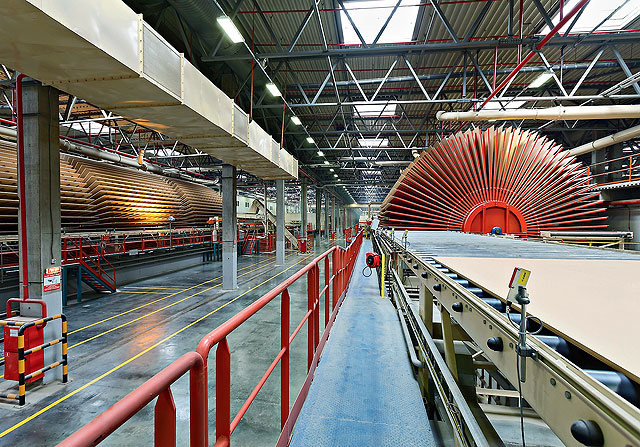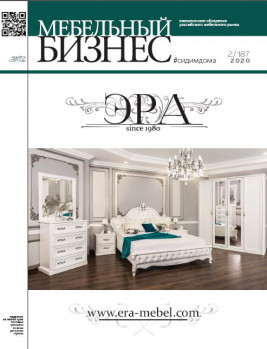On a noble scale
KASTAMONU top managers are optimistic about the company’s future on the Russian market.
01/12/2016

After the launch of the second MDF/HDF line in September 2016, the total capacity of the KASTAMONU plant in Russia reached 1 million cubic meters, and the total investment amount came to 400 million euro.
KASTAMONU’s large-scale entry into the Russian market took place in 2014, when the Turkish company, which is one of the five major woodworkers in Europe, opened its first factory in Yelabuga. It was an impressive start. The capacity of the most modernly equipped enterprise was 565 thousand cubic meters of polished MDF boards per year and 20 million sq. m of laminate flooring. Since KASTAMONU management had a positive view on the prospects of Russian production, a place for the installation of the second press was already envisaged as early as the construction stage. It is now clear that their calculations were not mistaken.
Good quality of the boards, perfect location of the plant and coherent pricing policy produced significant results. Today, the products of KASTAMONU from Tatarstan hold strong positions not only on the Russian market. More than 40% is exported to 20 Asian and Europian countries (including the EU). With the commissioning of the second press made by the German company Dieffenbacher and with the launch of the third line of lamination, this share can increase. However, the company’s top managers are optimistic about the Russian market, too.
“In 2016, with a general decline of the floor coverings market, we note an increase in the demand for laminate flooring,” says Cenk Buyuktosun, sales and marketing director in KASTAMONU – Russia. “We continue to increase production of laminate flooring in the Russian factory and expand sales territory. Despite intense rivalry in the industry, we managed not only to gain a foothold but also to become one of the three largest laminate suppliers for Russian consumers. We plan to strengthen our positions in the domestic market, focusing on the occupying the share of 25-30 per cent, and also to develop export destination.”
Company’s management also has high hopes for the furniture industry.
“In Europe, the proportion of chipboard in furniture is being reduced, and fibreboard proportion is growing,” – notes Ali Kylych, Director General of KASTAMONU plant in Russia. “The same is true for Russia. According to our estimates, this trend will only improve. Today about 50% of MDF boards is used in the furniture industry, its usage in the laminate production accounts for 30% and 20% is used in the construction industry. The dynamic production development of such boards abroad and the organization of their release in Russia will lead to the fact that the furniture manufacturers will use MDF boards instead of natural wood chipboard in the facades manufacture more often.”
Now there are three laminating lines at KASTAMONU, capable of producing a total of 35 million sq. m of laminate per year.
Along with the increase of production capacities, boards safety improvement work is being performed. In the nearest future, the company will start to introduce the newest method of reducing the formaldehyde content in the boards, that will allow manufacturing of products labeled with the class E0.5 – with formaldehyde emission of less than 4 mg/100 g.

